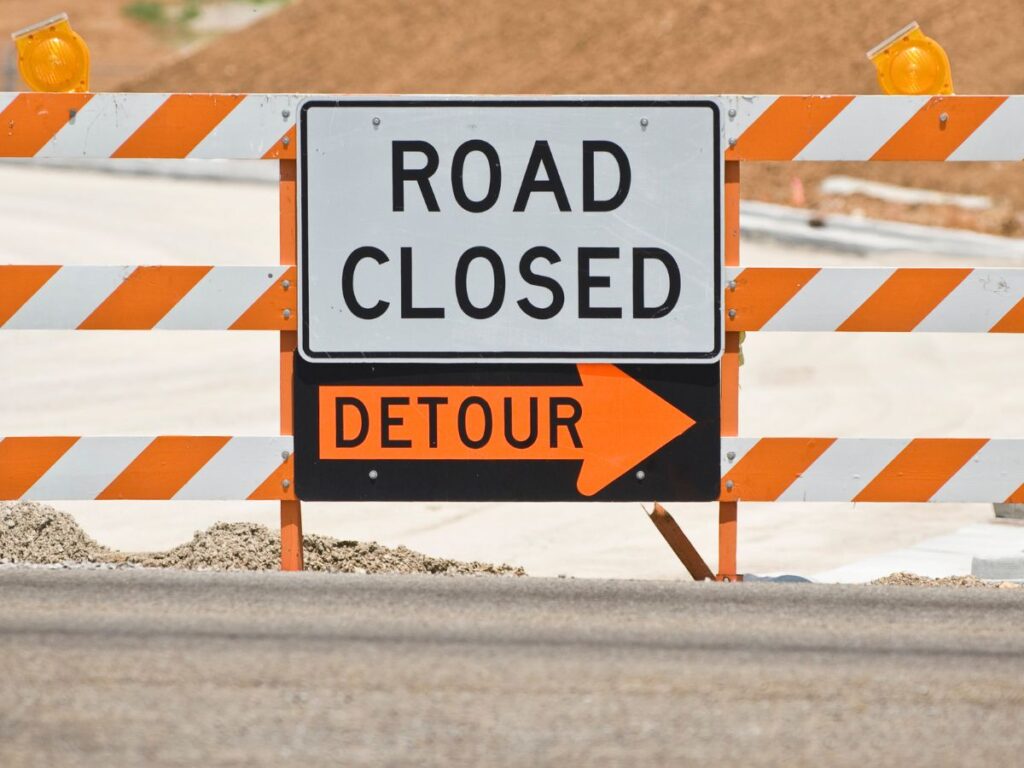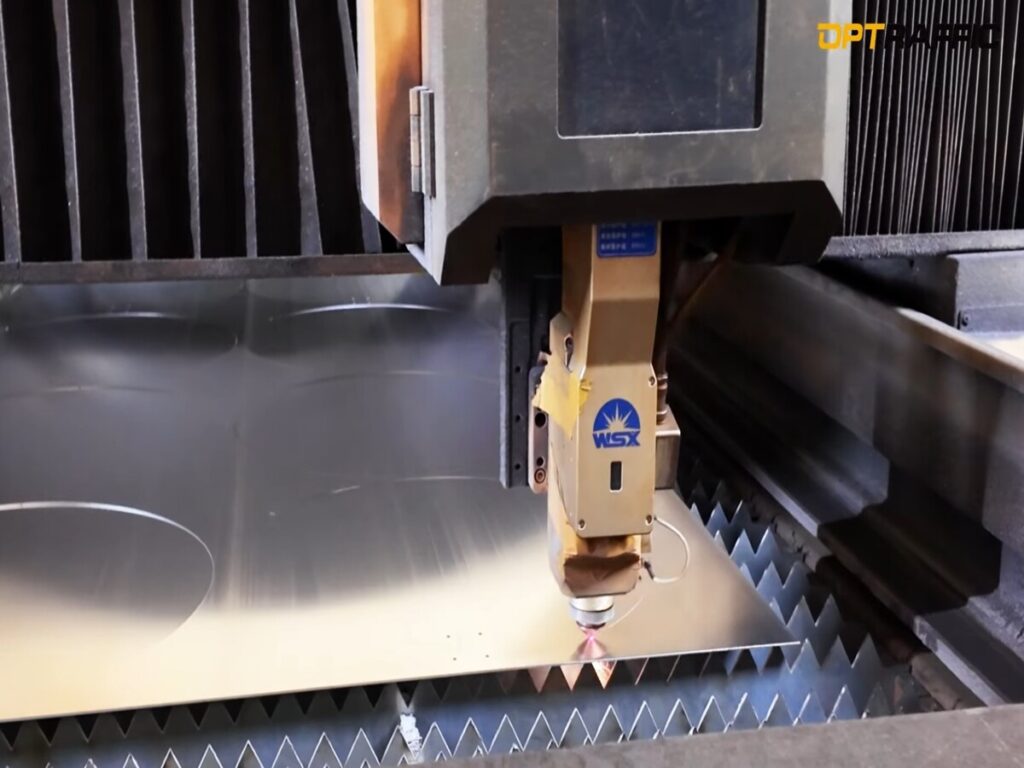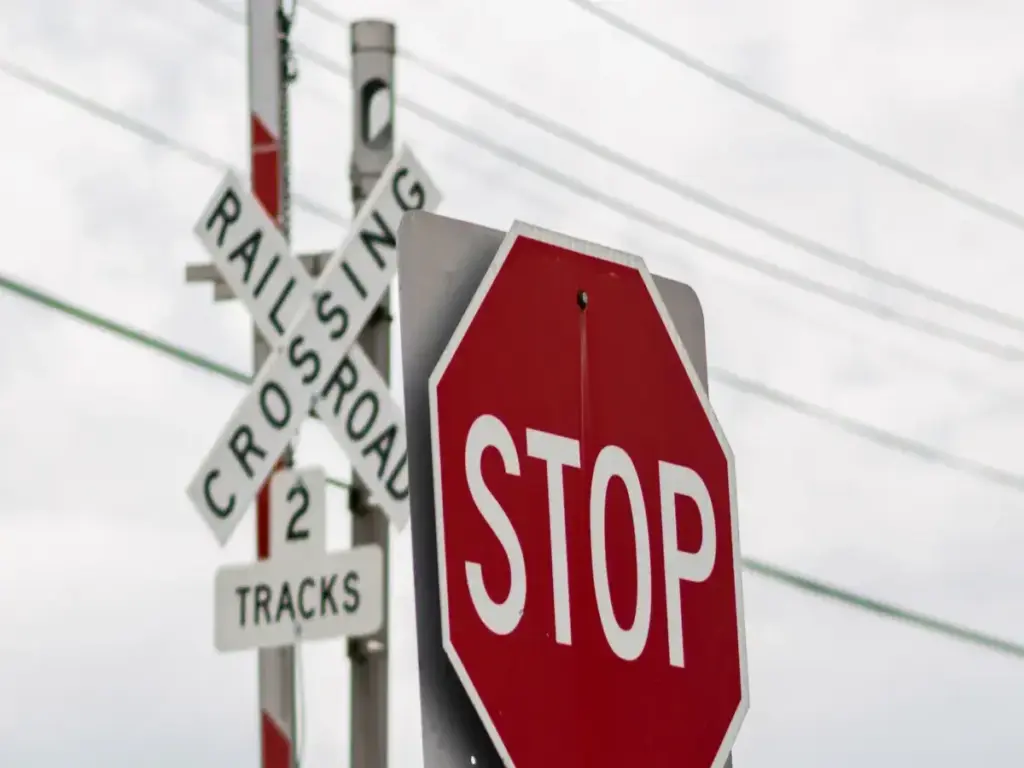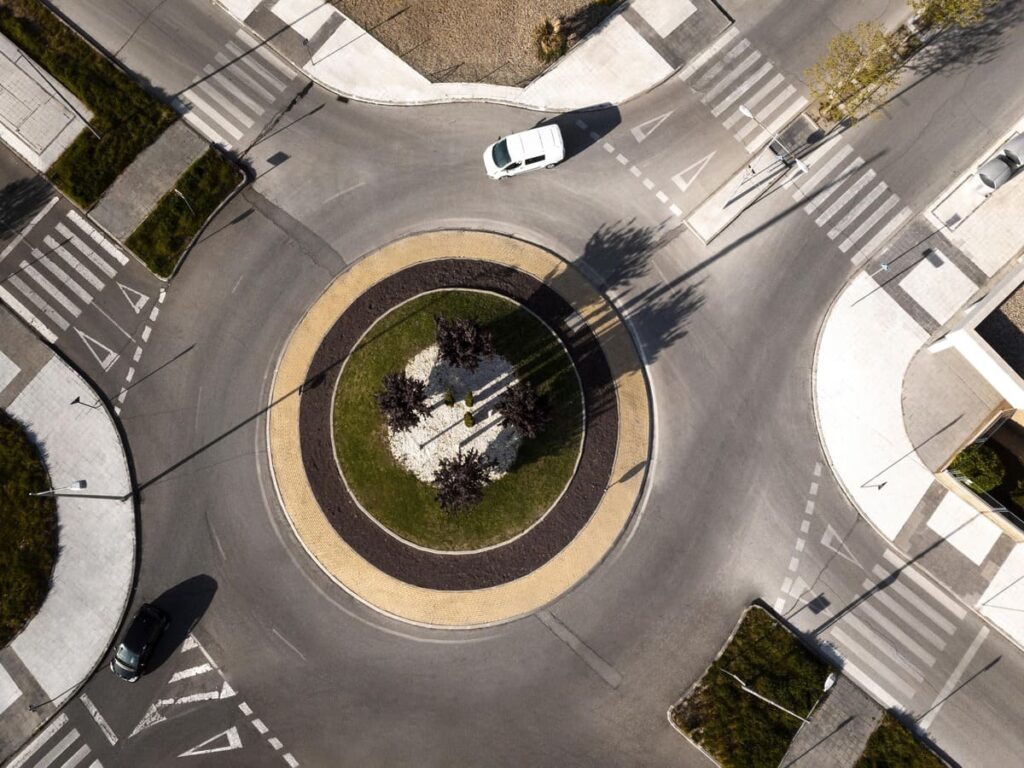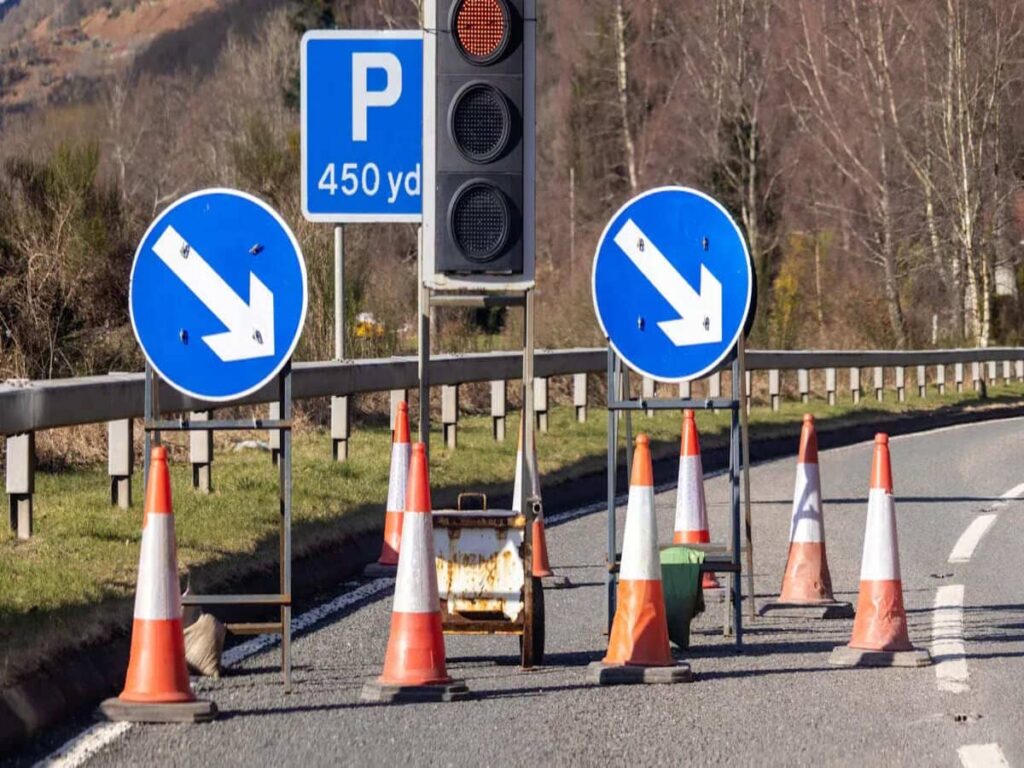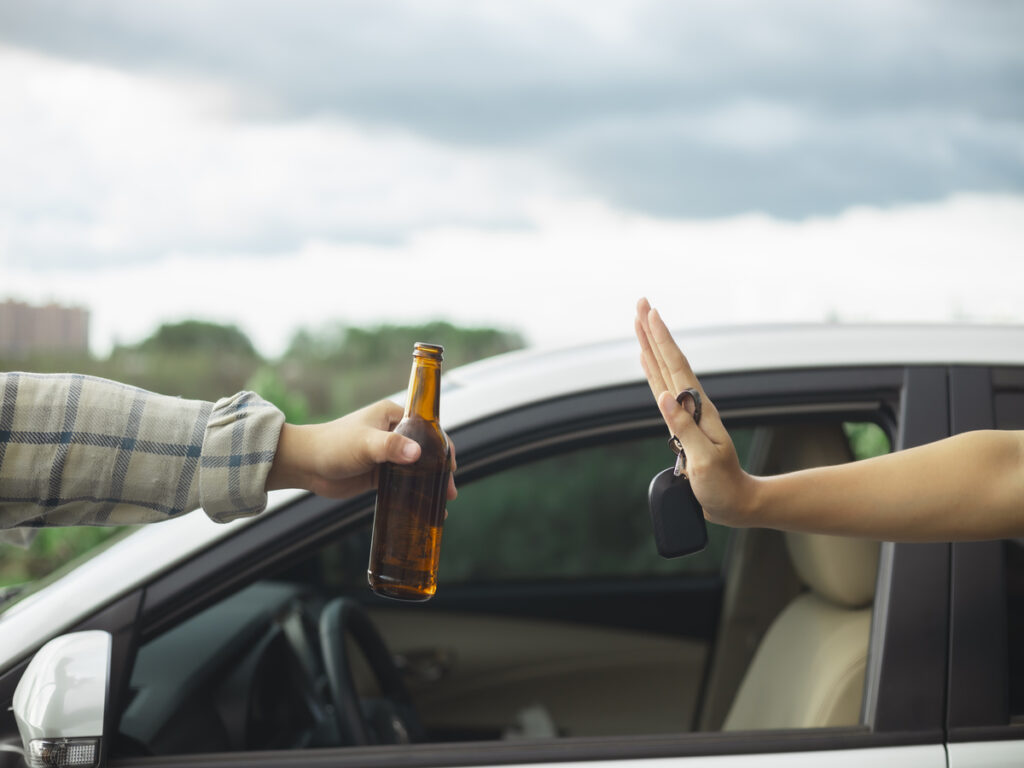
La conducción bajo los efectos del alcohol sigue siendo un problema importante en Australia, provocando numerosos accidentes cada año. Alcohol interlocks assist by requiring drivers to complete a breath test; Deben pasar esta prueba para arrancar sus vehículos.. Este método ha demostrado ser eficaz, reducir la reincidencia mediante 64% dentro de un año. Sin embargo, Los productos de seguridad vial también son esenciales para mejorar la seguridad vial.. Elementos como conos y señales de advertencia desempeñan un papel crucial para mantener seguras a las personas., particularmente en áreas peligrosas. Estas herramientas combaten la conducción en estado de ebriedad y mitigan condiciones de riesgo, Contribuir a carreteras más seguras en general..
OPTRAFICO understands that tackling drink-driving requires a multifaceted approach. While alcohol interlocks are a powerful tool in reducing repeat offenses, Productos de seguridad del tráfico como conos de trafico, señales de advertencia, y delineadores are equally vital in creating safer road environments. Nuestra alta calidad Productos de seguridad del tráfico are designed to enhance visibility and guide drivers, especially in areas where the risk of accidents is higher, such as near schools, zonas de construcción, or busy intersections.
Control de llave
- Alcohol interlocks lower drink-driving offences, reducing repeat cases by 64% anual.
- These tools make drivers take a breath test before driving.
- Safety items like cones and signs help drivers avoid dangers.
- Using interlocks with safety tools builds a strong system to stop crashes.
- Teaching people about drink-driving risks and road safety is very important.
Alcohol Interlocks: What They Are and How They Work
Definición y funcionalidad
Alcohol interlocks are smart tools that stop drink-driving. They make sure only sober people can drive cars. These devices link to a car’s ignition and need a breath test before starting. If your blood alcohol level is over 0.02 g/dL, the car won’t start.
Modern alcohol interlocks have helpful features like:
- A sensor in the car to check alcohol levels.
- A retest system asking for breath samples every 15–45 minutes.
- Anti-tampering tools to stop people from cheating the system.
- A recorder that tracks test results, starts, stops, and rule-breaking.
These features make alcohol interlocks trustworthy and useful. They mix smart tech with safety to cut down drink-driving.
Legal Framework for Alcohol Interlocks in Australia
Rules for alcohol interlocks differ across Australian states. Many places require them for drink-driving offenders. First-time offenders with high alcohol levels or repeat offenders often must install these devices.
Some alcohol interlock programs also help with rehabilitation. They teach offenders about the risks of drink-driving. Regular checks ensure they follow the rules. These laws make alcohol interlocks both a punishment and a way to help offenders become safer drivers.
Effectiveness in Reducing Drink-Driving
Alcohol interlocks are proven to lower drink-driving cases. Studies show they cut repeat offences by 64% en un año. Drivers must pass a breath test, reminding them of the dangers of drink-driving.
The data-recording feature helps authorities track behaviour. It shows risky patterns and supports road safety plans. This information strengthens efforts to stop drink-driving.
Alcohol interlocks also make roads safer by discouraging drink-driving. Knowing offenders must use these devices stops others from trying it. This improves road safety across Australia. Alcohol interlocks are a key part of keeping roads safe.
Nota: Advanced technology, strict laws, and education make alcohol interlocks effective in reducing drink-driving.
How Alcohol Interlocks Improve Road Safety
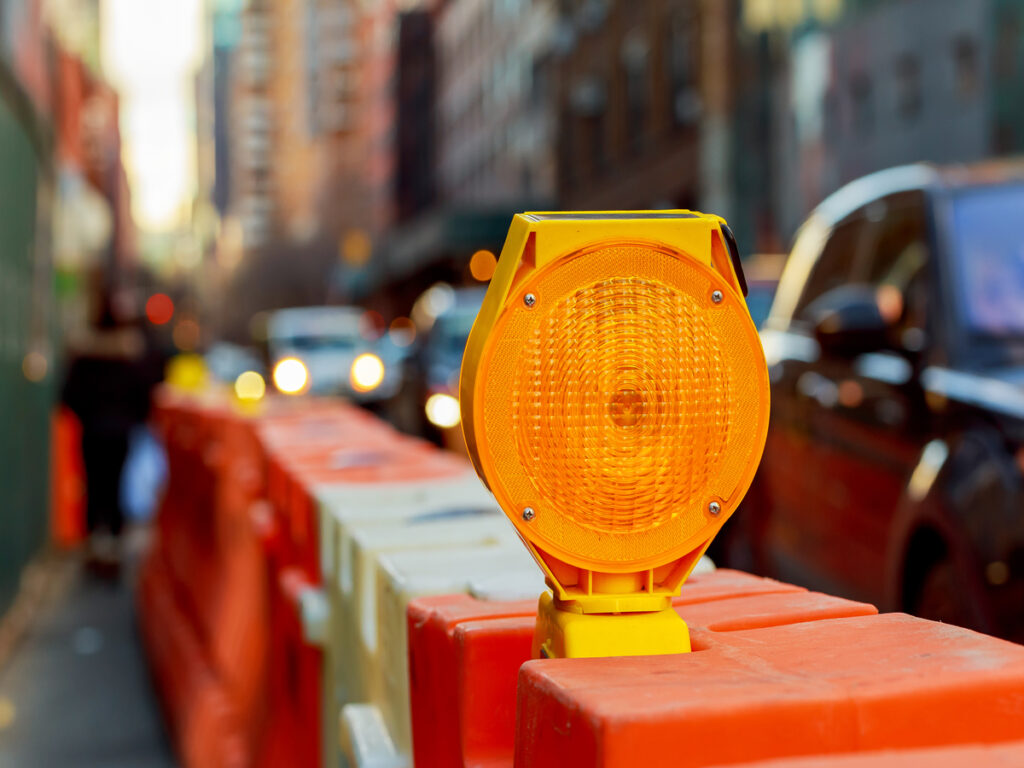
Stopping Drunk Driving
Alcohol interlocks help stop people from driving drunk. These devices check if a driver’s blood alcohol level is too high. If it is, the car won’t start. Drivers must blow into the device before starting the car. This stops drunk drivers from getting on the road.
En Australia, studies show these devices save lives. They could stop 97 a 388 fallecidos on roads each year. They might also prevent 603 a 2,414 serious injuries yearly. These numbers prove how alcohol interlocks protect people and reduce harm caused by drink driving.
Alcohol interlocks also make people think twice about drinking and driving. Knowing they must take a breath test stops many from trying. Esto ayuda a mantener las carreteras más seguras para todos.
Lowering Repeat Offences
Alcohol interlocks are great at stopping repeat drink-driving offences. They make sure past offenders can’t drive drunk again. This lowers the chance of reoffending and encourages safer habits.
Research shows how effective they are:
| Tipo de evidencia | Resultado | Descripción |
|---|---|---|
| Impacto general | 7% gota | States with interlock laws saw 7% fewer deadly drink-driving crashes. |
| High BAC Impact | 8% disminuir | First-time offenders with high BAC saw 8% menos muertes. |
| Treatment Impact | 32% más bajo | Combining interlocks with treatment cut reoffending by 32%. |
| MAIP Effectiveness | 86% reducción | NSW’s Mandatory Alcohol Interlock Program cut drink driving by 86%. |
| Long-term Reduction | 43% reducción | Drink-driving offences dropped 43% within five years. |
These results show that alcohol interlocks, paired with rehab programmes, greatly reduce repeat offences.
Helping Road Safety Goals
Alcohol interlocks support road safety by tackling drink driving. Drinking too much causes about 25% of road deaths en Europa. Similar numbers are seen in Australia. By stopping drunk driving, interlocks address a big cause of accidents.
Studies say interlocks are 40% a 95% better than other methods at stopping repeat drink driving. During use, reoffending drops by 28% a 65%. These results show how interlocks help long-term road safety plans.
- Alcohol interlocks make a big difference by:
- Cutting reoffending by 65%.
- Teaching people about the dangers of drink driving.
- Supporting national plans to lower road deaths and injuries.
Adding alcohol interlocks to road safety rules makes roads safer for everyone. These devices stop crashes and encourage responsible driving.
The Role of Traffic Safety Products in Road Safety

Examples of Key Traffic Safety Products
Traffic safety tools help lower accidents and keep people safe. These include sobriety checkpoints, breath testing devices, and speed cameras. Each tool works well to reduce road crashes.
| Tipo de intervención | How Well It Reduces Crashes |
|---|---|
| Sobriety Checkpoints | Muy efectivo |
| Random Breath Testing | Muy efectivo |
| Red Light Cameras | Muy efectivo |
| Speed Cameras | Muy efectivo |
| Mass Media Campaigns | Algo efectivo |
These tools enforce rules and stop unsafe driving. They also encourage better habits among drivers.
Importance of Physical Safety Tools
Physical tools like guardrails, barrera, and bollards are crucial. They protect both drivers and pedestrians in many ways:
- Preventing Falls: Guardrails stop falls from high places.
- Stopping Collisions: Barriers block cars from hitting people or objects.
- Instrucciones claras: Bright colours guide drivers safely on the road.
These tools also save money by protecting roads and equipment. They absorb impacts, lowering repair costs and keeping roads in good shape. By creating barriers, they reduce injuries and deaths.
Addressing Hazardous Road Conditions
Traffic safety tools fix dangerous road conditions. Studies and reports prove they make roads safer.
| Tipo de evidencia | Que hace |
|---|---|
| Road Safety Audit (RSA) | Finds problems and suggests fixes through reviews. |
| International Road Assessment Programme (iRAP) | Checks risky roads and gives advice for safety improvements. |
| Haddon Matrix | Studies crash causes and offers solutions. |
These studies show why safety tools are needed in risky areas. Por ejemplo, cones and posts guide cars in construction zones. Safety signs warn drivers about dangers ahead. El uso de estas herramientas hace que las carreteras sean más seguras para todos.
Synergy Between Alcohol Interlocks and Traffic Safety Products
How They Work Together to Prevent Accidents
Alcohol interlocks and safety tools team up to make roads safer. Interlocks stop drunk drivers from starting their cars. Safety tools like cones and barriers fix dangerous road spots. Juntos, they handle both driver mistakes and risky road conditions.
Studies show drinking affects road safety a lot. Attitudes about drink-driving shape how safety rules work. Adding interlocks to safety plans makes tools like cones more effective. This teamwork lowers crashes and keeps people safe.
Building a Strong Safety System
Using interlocks with safety tools creates a strong safety plan. Programmes like DADSS show how these tools can work together:
- New alcohol sensors are tested in real-life situations for accuracy.
- Breath-based systems are easy to use but still very precise.
- Data from these tests helps improve sensor designs and standards.
These programmes prove interlocks and safety tools can work as a team. They focus on both driver habits and road dangers. This builds a system that protects everyone on the road.
Raising Awareness and Following Rules
Teaching people is key to making roads safer. Interlocks and safety tools don’t just stop crashes; they also teach drivers. Interlocks remind users about drink-driving risks every time they’re used. Safety signs and checkpoints teach road rules and encourage good driving.
Cuando se usan juntos, these tools work even better. Drivers think more about their choices, and communities care more about safety. This teamwork builds responsibility and cuts down on accidents.
Real-World Impact of Alcohol Interlocks and Traffic Safety Products in Australia
Statistics on Road Safety Improvements
Alcohol interlocks and safety tools have made roads safer in Australia. These devices stop drink-drivers from reoffending, Reducción de accidentes. Studies show interlocks lower crashes caused by drunk drivers while in use.
Road safety checks and global programmes like iRAP stress combining tools and technology. Por ejemplo, checkpoints with cones and signs work well with interlocks. Juntos, they create a strong system to prevent accidents. This teamwork keeps roads safer for everyone.
Estudios de casos de implementación exitosa
Real-life examples show how interlocks and safety tools help.
| Estudiar | Resultados |
|---|---|
| Alcohol Ignition Interlocks | Fewer re-arrests and fewer crashes for drink-driving offenders. |
| Queensland Ignition Interlock Trial | Mixed interlocks with rehab, showing challenges in applying the system. |
These cases prove interlocks and safety tools reduce accidents. En Queensland, rehab and interlocks worked together to change behaviour. This method has inspired other areas to try similar ideas.
Desafíos y oportunidades futuras
Even with success, problems still exist. Most road deaths happen in poorer countries. Richer nations have fewer than 9 muertes por 100,000 gente. Poorer ones report about 20, showing the need for local solutions.
Future plans include better systems for vulnerable road users and new tech for cars and roads. Global efforts like the UN Decade of Action for Road Safety focus on local needs. Usando estas ideas, we can make roads safer worldwide.
Alcohol interlocks and safety tools help make Australian roads safer. These tools work together to stop accidents and protect lives. Interlocks stop drunk driving, while safety tools fix dangerous road spots. Juntos, Crean un fuerte sistema de seguridad.. Supporting these technologies helps build a safer future for all Australians. Investing in these solutions keeps improving road safety across the country.
Consejo: Learn how these tools can improve safety in your area in Australia.
Preguntas frecuentes
What is an alcohol interlock, and how does it work?
An alcohol interlock stops people from drink-driving. It connects to a car’s ignition and needs a breath test. If your alcohol level is too high, the car won’t start.
Are alcohol interlocks mandatory in Australia?
Sí, many states in Australia require alcohol interlocks for offenders. These rules often apply to first-time or repeat drink-driving offenders. The aim is to stop reoffending and make roads safer.
How do traffic safety products complement interlocks?
Traffic safety tools like cones, letreros, and barriers help interlocks. Interlocks stop drunk drivers, while these tools fix dangerous road spots. Juntos, Hacen caminos más seguros para todos.
Can interlocks reduce drink-driving accidents?
Sí, interlocks help lower drink-driving accidents. Studies show they cut reoffending by 64% en un año. By stopping drunk drivers, interlocks save lives and improve road safety.
Why are public awareness campaigns important for road safety?
Public campaigns teach people about drink-driving dangers and interlocks. They promote safe driving, siguientes reglas, and being responsible on roads. This helps build safer communities.

